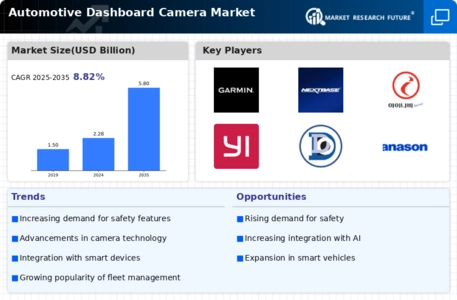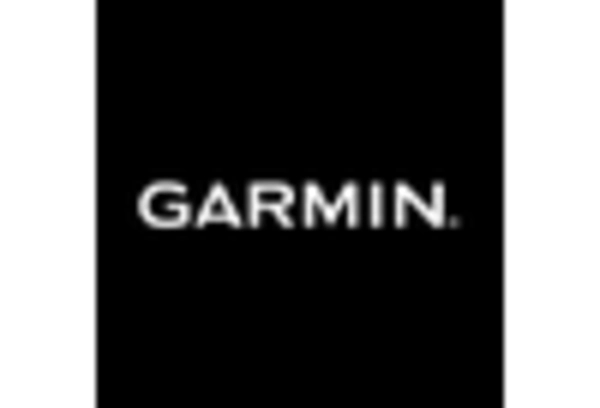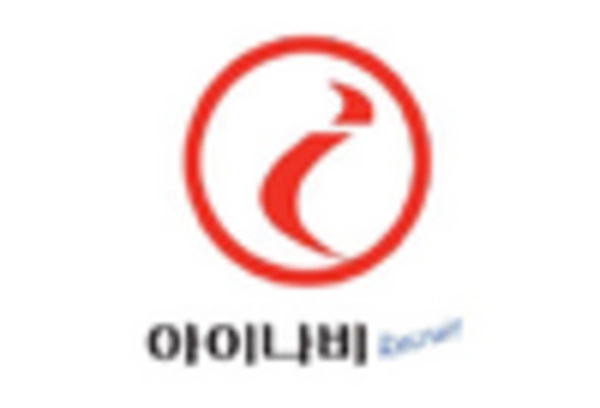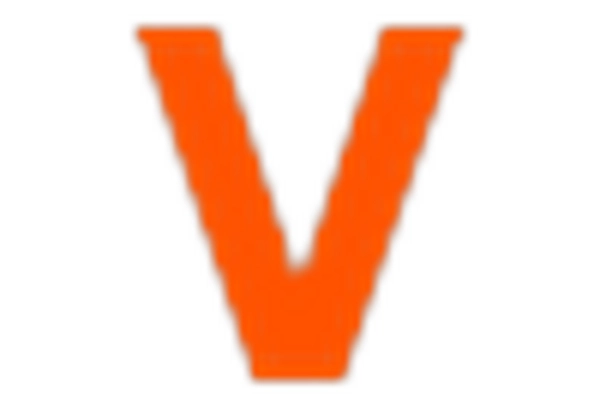Increased Focus on Road Safety
The heightened focus on road safety is a significant driver for the Automotive Dashboard Camera Market. With rising concerns about traffic accidents and fatalities, there is a growing demand for technologies that enhance vehicle safety. Dashboard cameras serve as a proactive measure, providing drivers with the ability to record their journeys and capture incidents as they occur. This focus on safety is reflected in various initiatives aimed at promoting safer driving practices. As a result, the Automotive Dashboard Camera Market is likely to see increased investment and interest from both consumers and manufacturers. The potential for dashboard cameras to contribute to safer roads is a compelling factor that may drive further adoption and innovation in the market.
Rising Consumer Awareness and Demand
Consumer awareness regarding the benefits of automotive dashboard cameras is on the rise, significantly impacting the Automotive Dashboard Camera Market. As more individuals become informed about the advantages of these devices, such as providing evidence in case of accidents and deterring theft, demand is expected to increase. Surveys indicate that a substantial percentage of drivers are now considering the installation of dashboard cameras as a standard safety measure. This shift in consumer perception is likely to drive market growth, with projections suggesting that the industry could reach a valuation of several billion dollars within the next few years. The increasing emphasis on personal safety and security is a key factor propelling the Automotive Dashboard Camera Market forward.
Regulatory Support for Automotive Dashboard Cameras
Regulatory support plays a crucial role in shaping the Automotive Dashboard Camera Market. Various governments are recognizing the potential of dashboard cameras in enhancing road safety and reducing insurance fraud. In some regions, legislation is being introduced to encourage the use of these devices, which could lead to increased adoption among consumers. For instance, certain jurisdictions are offering incentives for drivers who install dashboard cameras in their vehicles. This regulatory backing not only promotes safety but also fosters a more competitive market environment. As a result, the Automotive Dashboard Camera Market is likely to benefit from a favorable regulatory landscape, which may further stimulate growth and innovation in the sector.
Technological Advancements in Automotive Dashboard Cameras
The Automotive Dashboard Camera Market is experiencing a surge in technological advancements, which significantly enhances the functionality and appeal of these devices. Innovations such as high-definition video recording, night vision capabilities, and advanced driver-assistance systems (ADAS) are becoming standard features. The integration of artificial intelligence for features like collision detection and lane departure warnings is also gaining traction. According to recent data, the market for dashboard cameras is projected to grow at a compound annual growth rate (CAGR) of approximately 15% over the next five years. This growth is largely driven by the increasing demand for enhanced safety features in vehicles, as consumers seek to protect themselves and their investments. As technology continues to evolve, the Automotive Dashboard Camera Market is likely to see even more sophisticated offerings.
Insurance Industry Influence on Automotive Dashboard Cameras
The influence of the insurance industry on the Automotive Dashboard Camera Market cannot be overlooked. Insurance companies are increasingly recognizing the value of dashboard cameras in reducing claims and fraud. Many insurers are offering discounts to policyholders who install these devices, as they provide clear evidence in the event of an accident. This trend is likely to encourage more drivers to invest in dashboard cameras, thereby expanding the market. Furthermore, as the insurance sector continues to evolve, the integration of dashboard cameras into insurance policies may become more commonplace. This symbiotic relationship between the insurance industry and the Automotive Dashboard Camera Market is expected to foster growth and innovation, benefiting both consumers and manufacturers alike.

















Leave a Comment